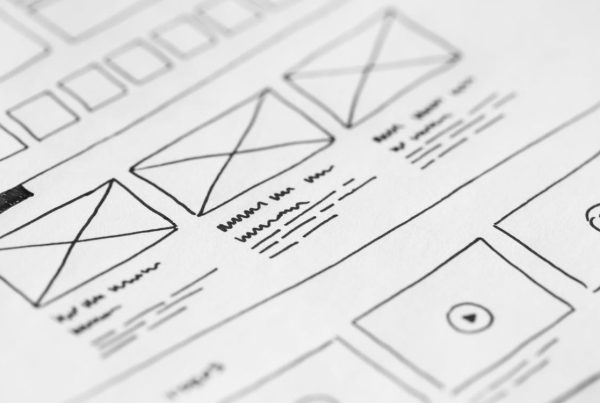Whether you’re going it alone, working with a freelancer, or looking to work alongside ATW for your next web design project, it’s essential to follow the best practices where user experience (UX) is concerned. UX design plays a key role in this.
A good user experience is essential, allowing you to convert organic and paid traffic into leads and potential sales. Heck, perhaps even long-term customers.
Despite this, many developers and designers make countless UX design mistakes. Therefore, this blog post will highlight the best practices in UX design for a website.
Your design should be clear and to the point
One of the biggest mistakes we see when it comes to web design is too complex a design. Instead, your website should be clear and to the point – minimal distractions, only essential copy, and a path that your customers can easily follow.
If you’re unsure whether or not your website is too complicated, then ask a friend or family member what they think. However, ensure they are being honest.
Alternatively, you can install tools such as Hotjar and embed forms that ask customers for feedback – allowing you to see what real visitors think of your website.
Ensure your design is consistent
When it comes to the UX design for a website, you must ensure it’s as simple as possible. Therefore, it’s crucial to ensure your designs and all other elements are consistent across all pages and other social content.
Why?
This allows you to avoid confusion, build trust with your audience, and set your website up for success.
As a user, the more clear a website is, the better experience they will have.
Scrolling is your friend when it comes to UX design for a website
That’s right – scrolling is your friend when it comes to UX design for a website.
Avoid cramming text and other elements into one viewable section. Instead, you should use scrolling to your advantage, separating different themes, CTAs, and other components.
Avoid distractions for a better UX design
Finally, you should minimize distractions to improve the user experience. For example, avoid the use of double pop-ups as this often interrupts flow. Similarly, if ads are not a form of monetary income, then consider removing these entirely.
Ads can distract from your content, send customers elsewhere, and slow down your website.
So, if you don’t need them, consider removing them entirely.
Are you looking to improve the user experience of your website? Or perhaps you’re looking to create a brand new website from scratch? If so, then contact the ATW team today – we’re more than happy to help.




